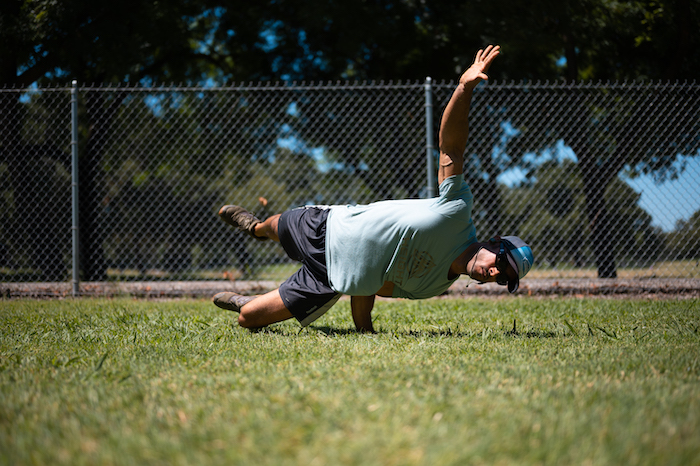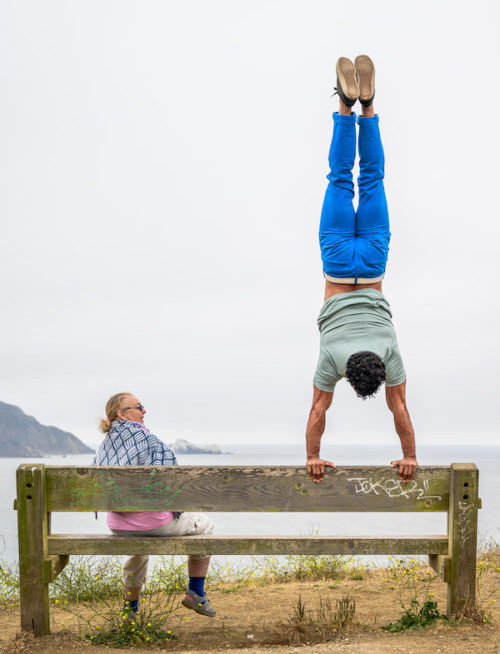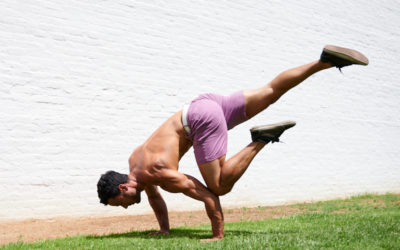There is no shortage of exercise regimens to choose from today. Weight training, cardio and yoga have all been divided up into branded fitness organizations who provide their own spin on what fitness should be. By and large these programs all have in common that they are better than nothing – not a high bar, but moving in the right direction.
If you’re looking for a new fitness program, or in a reevaluation of your current schedule, you may be interested in a little more than ‘better than nothing.’ Fitness is unique to each of us, but I feel there are some fundamental capacities that can serve broadly as a base for many endeavors of fitness. From a bird’s eye view, we can say that appropriate levels of strength, endurance and mobility coupled with practical application in the real world are reasonable expectations of any fitness program.
With enough strength in the right places you will be prepared to learn. With enough cardiovascular capacity you will have the endurance to develop fitness and mental fortitude during aerobic forms of training. With enough mobility, you will be able to achieve, or safely work towards, the positions required for your chosen fitness activity.
Beyond these broad physiological capacities, there are the practical requirements for life, like getting off the toilet, or in and out of the car, or dragging a loved one, a full-sized human being, to safety – however far this might be.
Putting these two concepts together, basic physical capacity to perform common exercises and practical application of this capacity in the real world, we can talk about some specific and fundamental requirements for what you should ask of your fitness program.
The first requirement of your fitness program is that it teach/develop/maintain the ability to achieve a biomechanically correct squat, deadlift, and overhead position. The program should encourage regular use of these positions and have methods for teaching them from easier to more complex variations, as well as developing the ability to express strength through the full range of motion for the intended exercises.
The next component is to move yourself effectively with your upper body. Simply stated, you should have the goal of doing one perfect push-up and one perfect pull-up. One correct form pull-up is not that much harder than one correct form push-up. Both require muscles to fire in the proper order and joints to achieve a range of motion outside of what is required to type at a desk or look at social media on your phone. Once perfect form is achieved, then the pursuit of multiple repetitions is a reasonable goal.
Finally, you must look at your individual situation. If you have a child, you should be strong enough to carry them and continue carrying them even after you become tired. If you have a car, you should be strong enough to push it out of traffic with it shifted into neutral. I realize a car can be heavy even for a fit and strong person to push alone. If there are potential, and likely, events that could occur in your life that you will be unable to work through successfully, a good training plan should make you aware of your limitations so that you can have a plan for working around such situations.
This goes a little outside the standard marketing language that most fitness programs employ. High intensity, periodization, hypertrophy, and results are much more likely to be paired with pretty people in a marketing campaign. I am no exception to this language either – I love to teach handstands and Olympic weightlifting and help people get ripped and fit and strong. But the core of fitness is what I mentioned above. If your program doesn’t help you stay prepared for the basic physical capacities of life, it is lacking in the most significant way imaginable.
I choose to teach strength with weight training using a biomechanical approach because it is the safest way to build strength. Using stable and “correct” positions you can become strong enough for anything with the deadlift, squat and press. These movements are also simple and accessible even to beginners. Bodyweight training is fantastic because it demands you lift yourself. Often you are heavier than the weights you are lifting for a given exercise – learning to control yourself in space is a powerful tool and not a light way to train. It also creates opportunities to move outside of “good” positions and condition small muscles and tissues that can easily get left behind when only training weights with a biomechanically “correct” position. Finally, I will structure training in a way that demands physical conditioning, even if there is no formal cardio like running or cycling. Cardiovascular endurance is extremely useful when you need to be on your feet and moving for several hours, it helps with recovery from other training and it is healthy for your heart.
Find a program that will teach you what a good position is and how to be strong in it. Hopefully there are teachers there who will explain to you when it is safe to use a bad position as well. And make sure that if you find someone who can teach you these details, that they do not forget to make you work hard.







